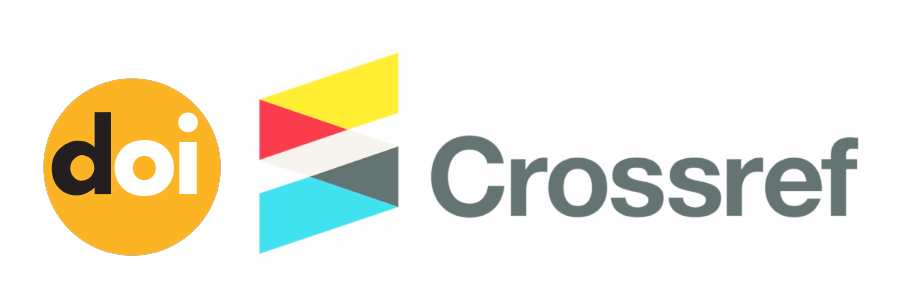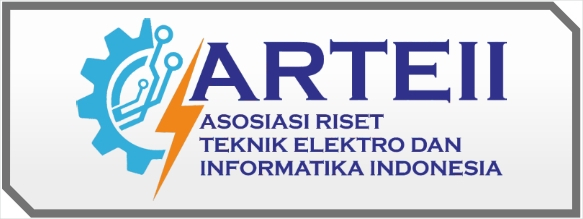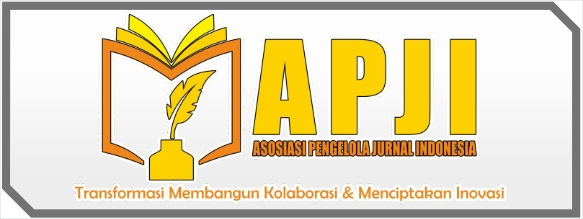PENGELOMPOKAN PERMINTAAN DARAH BERDASARKAN GOLONGAN DAN WAKTU DI KABUPATEN GROBOGAN DENGAN ALGORITMA K-MEANS
Abstract
The availability of adequate blood supplies continues to pose a significant challenge for blood transfusion services such as the Indonesian Red Cross (PMI), particularly due to the fluctuating and uneven nature of demand across various blood groups. Incorrectly estimating blood demand can result in either critical shortages that jeopardize patient safety or an excess of supplies that are wasted due to the limited shelf life of blood. The objective of this research is to examine historical blood demand data in Grobogan Regency by applying the K-Means clustering algorithm to identify trends related to time intervals and blood group classifications. The study draws on secondary data involving blood requests across multiple blood groups over a span of several years. By implementing the K-Means method, the research identifies unique trends in demand, highlighting critical periods between 2013–2016 and 2022–2024, during which nearly all blood types showed elevated levels of demand. These insights are crucial for improving blood stock management, refining donor mobilization strategies, and enhancing distribution planning based on empirical patterns. The K-Means algorithm proves effective in handling extensive and continuous numerical data, offering valuable guidance for strategic decision-making in healthcare logistics.
Full Text:
PDFDOI: https://doi.org/10.56357/jt.v21i1.418
Refbacks
- There are currently no refbacks.






 ADDITIONAL MENU
ADDITIONAL MENU


